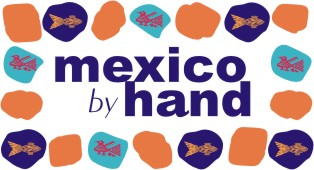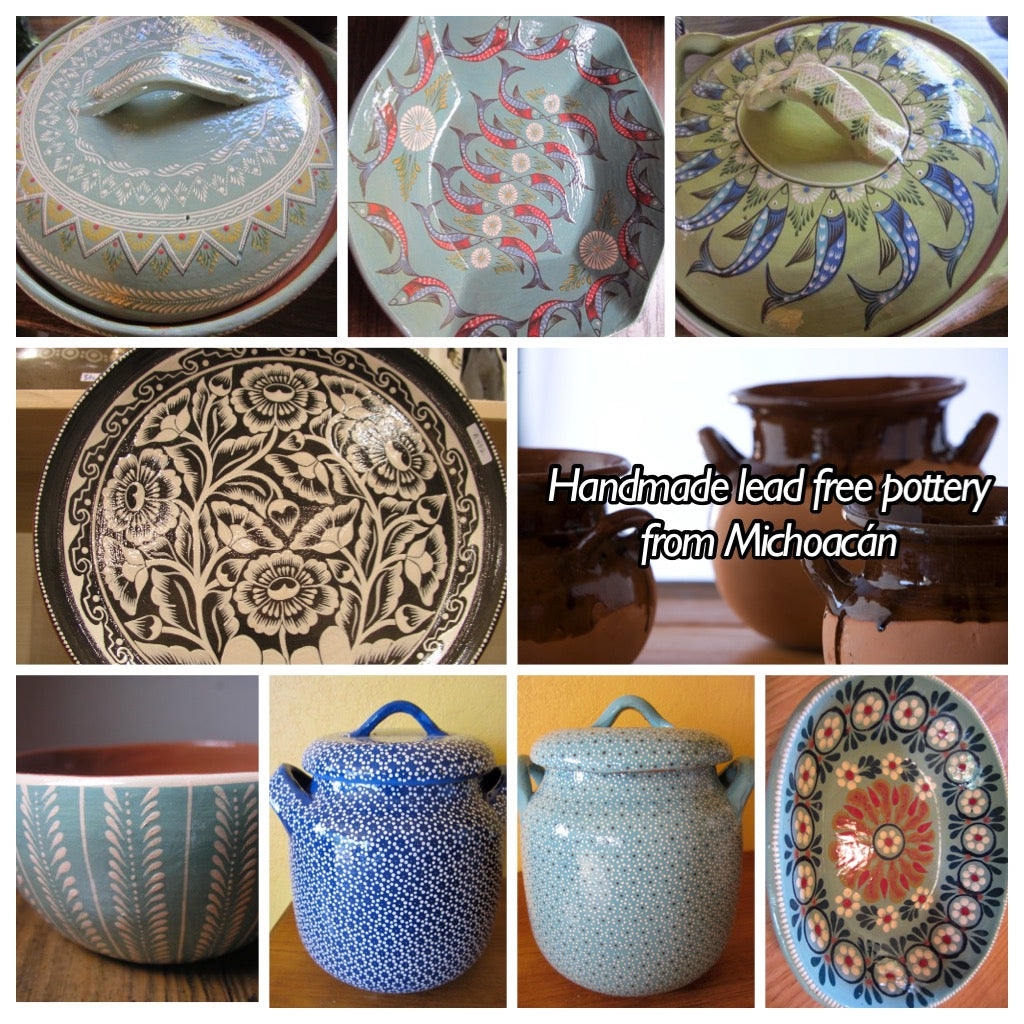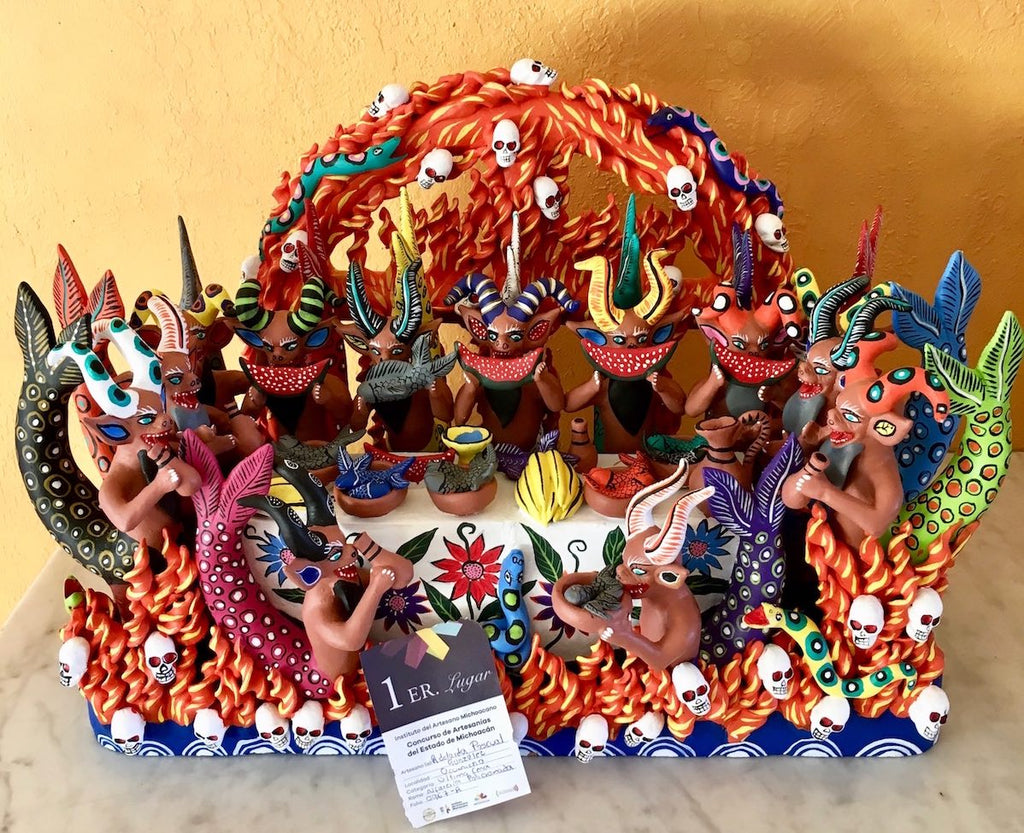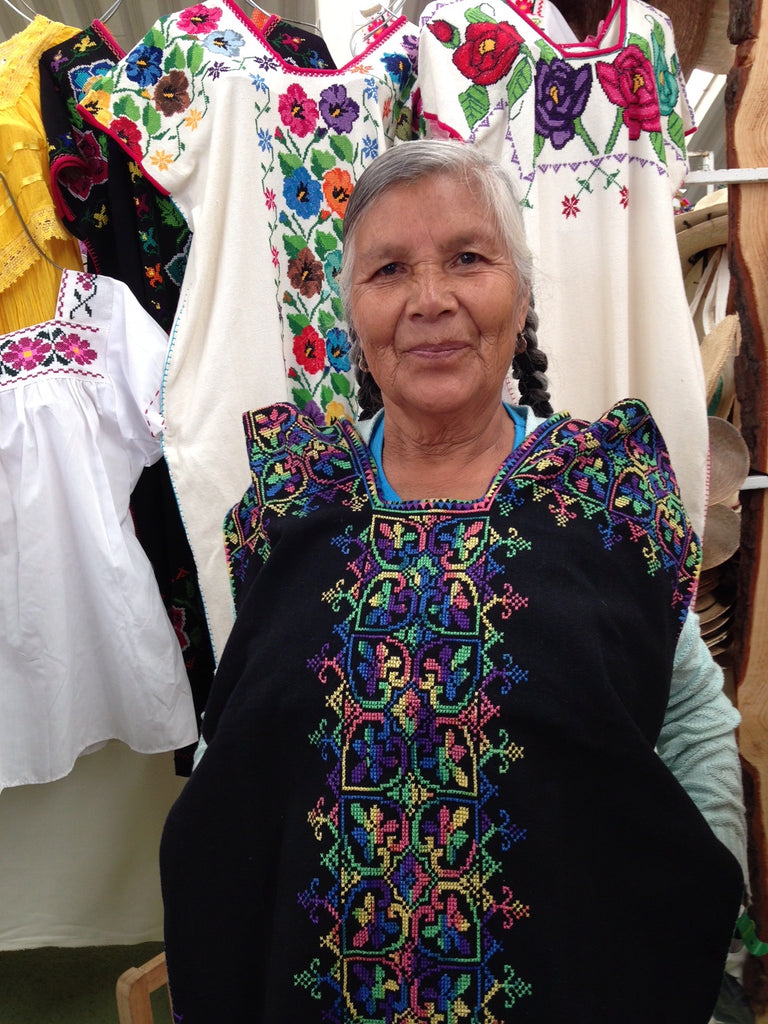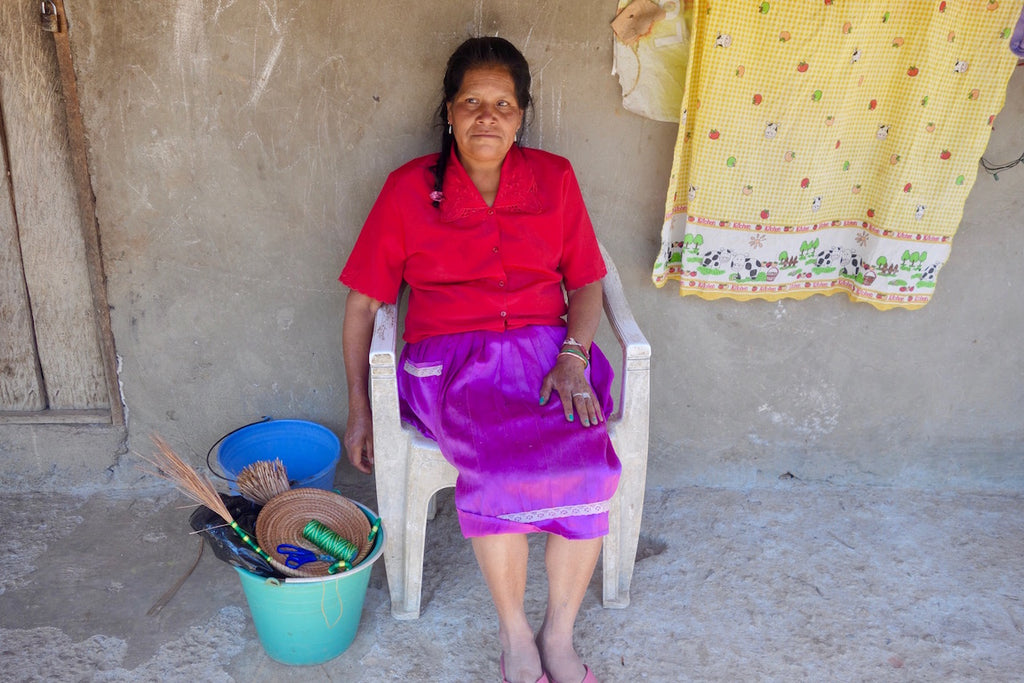News
Adios 2020!
artesania authentic crafts folk art handmade Mexican
Beautiful pottery—but is it food-safe?
artesania ceramics clay crafts handmade lead-free Mexican pottery traditional
Shipping News! SUMMER 2019
artesania authentic buying artesania catrina crafts folk art handmade Mexican Michoacan Ocumicho traditional
Most often when I take the time to sit down to write about my business, it’s a rant or sad description of the latest calamity or indignity I’ve either witnessed or personally suffered. Some of you might know that I’ve been (slowly) writing a “memoir” with the working title “Why Importing Crafts from Mexico is Not for Wimps”. I also think that “Are you F**cking Kidding Me?” could work as a title also. But I just realized that I need to share good news too! In the summer of 2019, while the U.S. was continuing to be destroyed by a...
Always Handmade and Authentic
artesania authentic blouses crafts cultural appropriation handmade Mexican textiles traditional
There are a lot of tongues wagging, and rightfully so, about the cultural appropriation (ripping off) of traditional textile designs created by indigenous artisans in Mexico. I am angry and concerned, and you will most likely hear more from me about this subject. I'm also alarmed by what's happening in the Mexican crafts world in general, due to globalization and the power of commercial interests who could give a flying you-know-what about preserving or respecting anyone's cultural identity. While you as a customer can find more and more online shops professing to carry items "handmade in Mexico", beware that there is no...
Butterflies and Baskets
baskets butterflies crafts Michoacan migration monarch pine needle
I recently made another visit to a Monarch Butterfly Sanctuary in Michoacán, Mexico. The good news is that the numbers of butterflies in Mexico increased in 2018 and the efforts of conservation appear to be working. But there is another story that the millions of tourists who visit the area each year don't see. Because of the prohibition on logging in the forests to protect the endangered butterflies, many of the indigenous people who live there have lost their livelihoods, and they are barely surviving. I spent several hours with a few artisans who weave beautiful pine needle baskets, not far from the butterfly sanctuaries.The sale of the baskets provides much needed income for families, and helps protect the butterflies.
